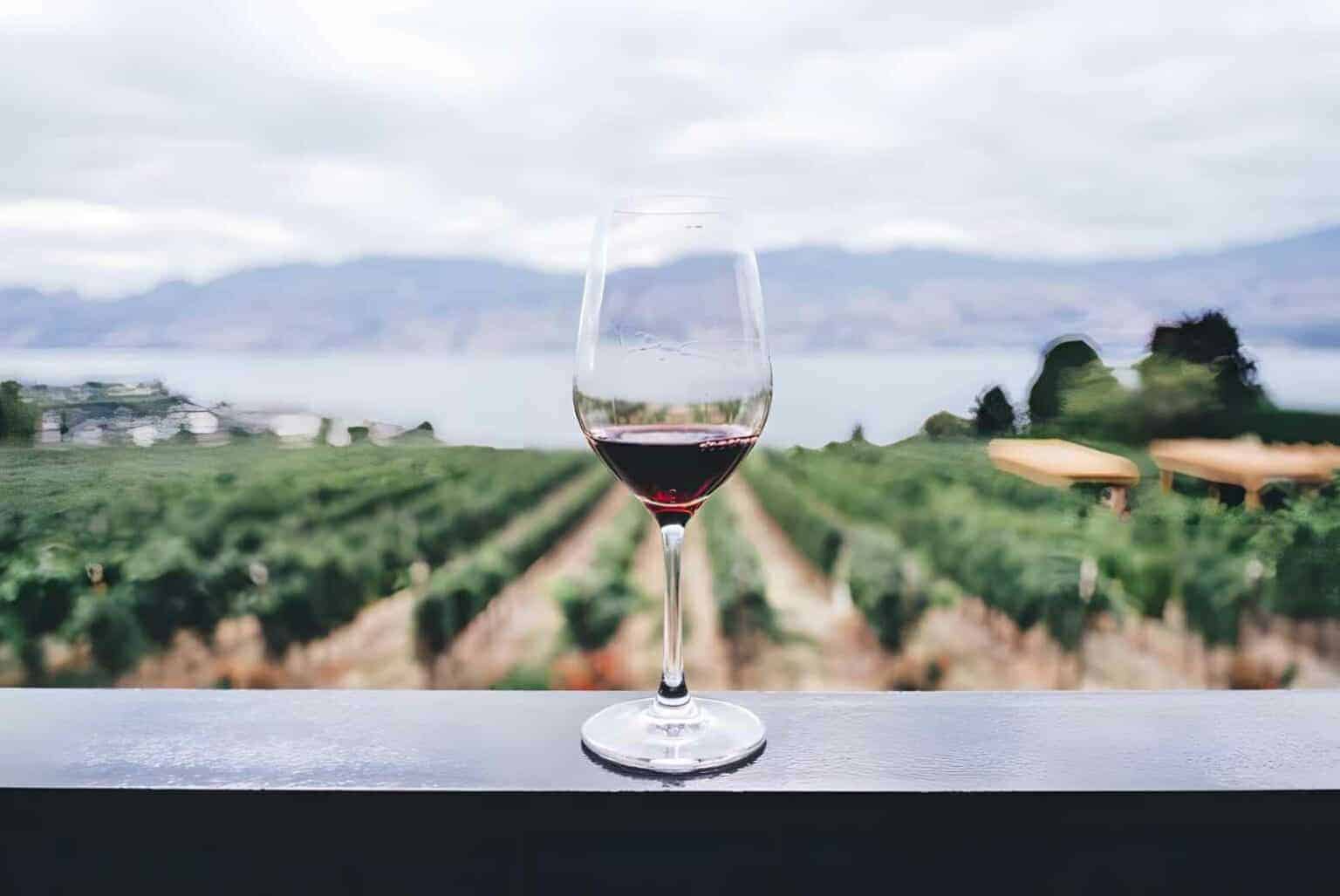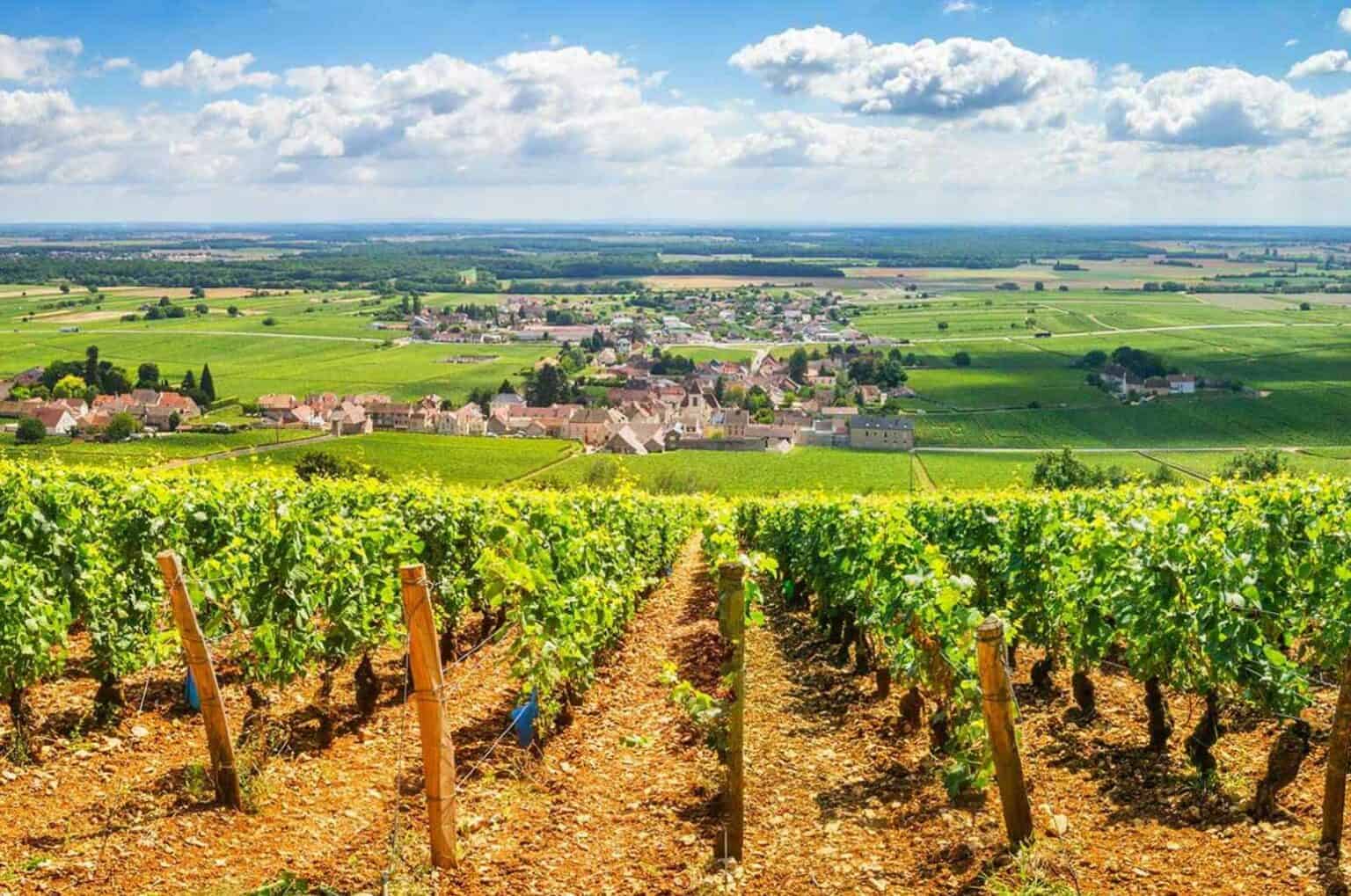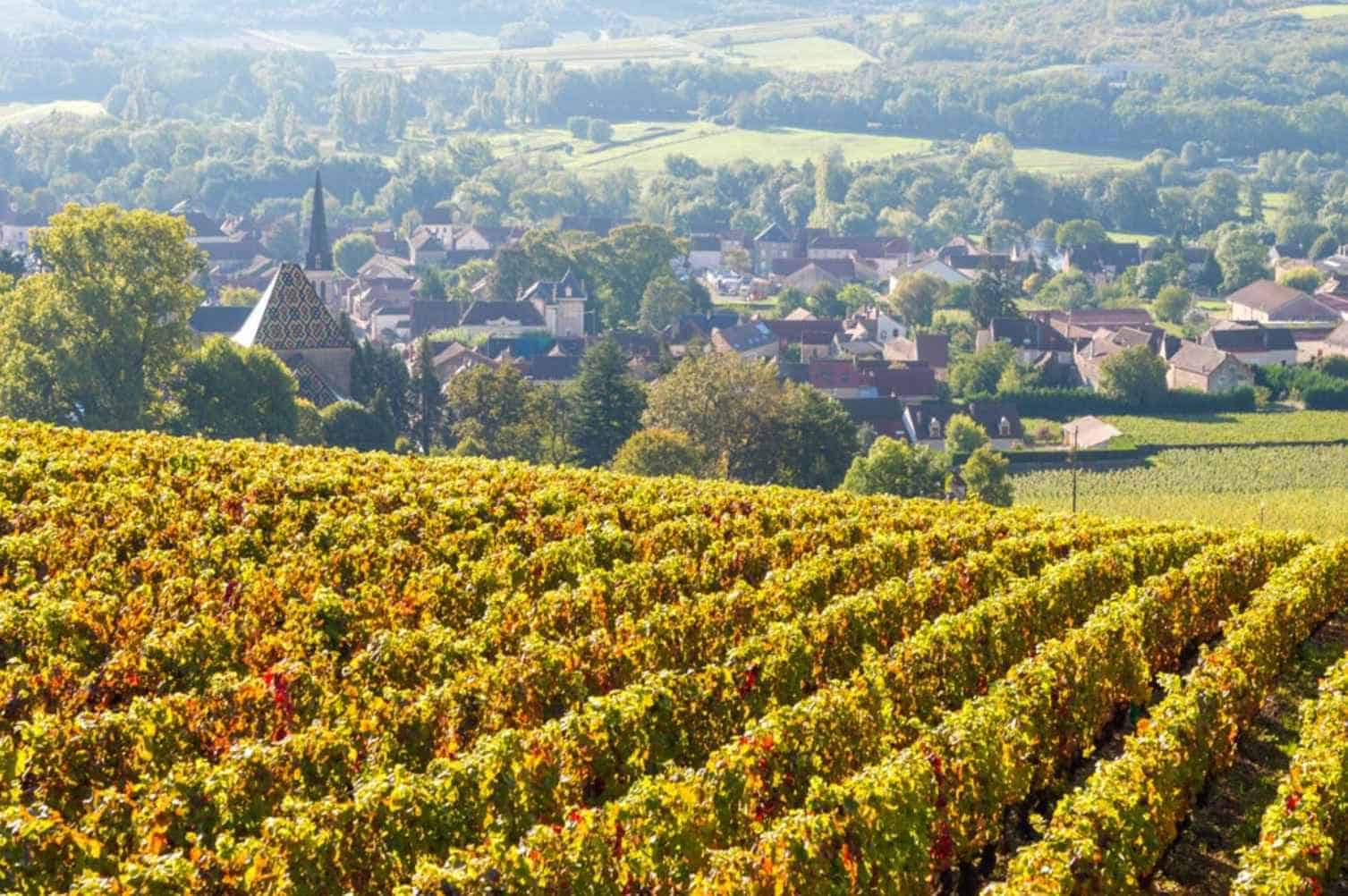Have you ever drunk your favorite Burgundy wine and been curious about what made it taste so unique that you wanted to know more about it?
Worry no more because today, we will discover interesting facts about one of the world’s most outstanding wines ever. Are you ready for another wine tour? So, without further introduction, here are things you must know about Burgundy wine.
A Closer Look at Burgundy Wine
When you hear of Burgundy Wine, one of the first things that would come to your mind is the well-known red and white wine they produce.
I’m talking about Pinot Noir and Chardonnay, Burgundy’s specialized and respectable wines. Burgundy wines aren’t just limited to those two but offer a wide variety of wines that money could best buy.
First, we must learn that “Burgundy,” also known as Bourgogne, is a place. Burgundy is a region found in the east-central part of France.
The said Region is home to grapes and produces some of the best wines worldwide. Although the place is small, Burgundy has a special status in the wine market for its aromatic, fresh, refined, and elegant products.
Winemakers use Burgundy grapes to make wines, such as Aligoté, Pinot Gris, Gamay, and Sauvignon Blanc. Aligoté is a white grape used to make dry wines, but it’s less famous than Chardonnay. Pinot Gris is another white grape that appears grayish blue and is describable as fruit-driven.
Meanwhile, Gamay is a red grape with rich aromas and produces light wine. The next variety of Burgundy grape used to make wine is Sauvignon Blanc which produces wine described as acidic and has herbal tastes with a strong aroma.
All of these contribute to Burgundy’s wine’s respectable reputation. Yet, what made Burgundy Wines famous is to come.
We will learn more about the composition of Burgundy wines, their actual location, and how they are classified. Knowing these things is essential because this is what makes up the wine we see and drink today.
On top of that, drinking wine in moderation has lots of health advantages. Indeed, you can best enjoy these high-quality Burgundy wines not only for their complex earthy flavors but also for their benefits.
Hence, let’s not keep you waiting, and we can now move on to our next, the wines in which Burgundy is world-known, the Pinot Noir and Chardonnay.
The Finest Burgundy Wines: Pinot Noir & Chardonnay
It’s a holiday, and you are thinking of something nice to drink which is best shareable with your family and friends. I bet a fine Red Burgundy Wine is perfect for the occasion!
The said wine mainly consists of Pinot Noir grapes. It grows out of Burgundy’s “terroir” or the parcels of a vineyard, which best characterize the quality of the wine.
Sometimes, people illustrate “terroir” as how drinking wine would bring you to where it originates and becomes famous. In short, terroir means a sense of place. Pinot Noir grapes are thin-skinned and have lightweight bodies. It can be challenging to grow these grapes as it prefers temperate regions with cool to moderate climates.
Red Burgundy wine can be light colored but has a powerful smell. The same is high in acid but has low levels of tannins. It has several flavors, such as raspberry, cherry, and blackberry. This wine comprises charcuterie boards, chicken, lamb, and other meat.
Another wine that brings recognition to the French Region is White Burgundy wine made of Chardonnay grapes. White Burgundy is one of the best white wines in the world.
This wine is classified as dry and is known for its rich green, lemon, toast, and other flavors. It has an appealing aroma and is enjoyable with anything buttery, creamy, and cheesy.
As to Chardonnay grapes, the same has a medium body with average acidity levels. When you see one of the wines produced from these grapes, you can observe that it is pale straw to deep gold. These grapes are one of the finest varieties in the Burgundy region that one will ever find.
There are times that Pinot Noir and Chardonnay are combined to produce some of the best sparkling wines in the world. Its taste would highly depend on the likings and preferences of the wine producers.
But mixing these two produces fresh, mineral-driven, balanced-sweetness, and sometimes buttery, or toasts taste that would be amazing.
You may watch this video to learn more about Burgundy Wine:
Burgundy Wine’s Classifications
Burgundy wines are categorized based on their label quality. Do you like to explore and learn more about each wine designation? Stay in the loop! Let’s talk about the four primary Classifications of Burgundy wines, as we included here.
Grand Cru
Grand Chu means the highest quality wines in Burgundy. Since this is where the top-of-the-line wines came from, it is also composed of the smallest vineyards. Barely 1.4% of the entire classification receives a Grand Chu designation. It is shown that out of these small percentages, 60% is focused on growing Pinot Noir.
The sub-region of Côte d’Or is where we can find these excellent wine vineyards. The area receives the best climate conditions combined with the most extended Sun exposure. In the bottle label of wines with a Grand Chu classification, producers will include such in their tags.
Premier Grand Cru
Another high-quality wine follows it, but one step lower than Grand Cru, the Premier Grand Cru. There are at least 10.2% of wines with appellations Premier Grand Cru. It is safe to say that they still have a remarkable classification and deserve wide recognition. You can find these wines on Burgundy’s famed slopes.
Village Wines
Village Wines is the second largest classification of all Burgundy wines, with a 37.3 total production. While this wine may not be as good as Grand Cru or Premier Grand Chu, they still have an impressive reputation.
It is easy to recognize whether a wine came from one of the 44 villages of Burgundy as the village name since the wine bottle will indicate the source.
Regional Wines
Last but not least are those belonging to Appellations Regionales or Regional Wines. This sub-region has the most or an overwhelming 51.1% of Burgundy’s total production. Wines classified as such can be created from any part of Burgundy, but it still has good quality standards.
To learn more about the Burgundy Appellations, you can refer to and enjoy watching this video:
Burgundy’s Fastest Growing Sub-regions
Since Burgundy has an estimated 30,000 hectares of vineyards, it is one of the most notable producers of distinguished wines. It is also divided into several sub-regions with distinct characteristics and qualities affecting the wine-making process.
The Côte d’Or
This Côte d’Or place has a “golden slope” or “oriental slope” and is also called the heartland of Burgundy. Also, it has some of the most expensive and recognized village-level wines, which we will learn about the classification of wines. Côte d’Or is further subdivided into Côte de Nuits and Côte de Beaune.
The Côte de Nuits
Next, we have Côte de Nuits. This area is rich in Pinot Noir but still grows Chardonnay grapes. It is home to several prestigious villages and impeccable Grand Chu vineyards. You can discover the most expensive vineyards in the sub-region.
The Côte de Beaune
On the one hand, Côte is one of the famous international appellations. In short, it is the center of Burgundy’s commercial affairs. The sub-region is highly renowned for both Pinot Noir and Chardonnay. It is the other division of Côte d’Or. Together with Côte de Nuits, the crowd believed the two to be Burgundy’s most significant areas.
The Côte Chalonnaise
Next on our list is Côte Chalonnaise, famous for producing Crémant de Bourgogne, another delicious wine. This place is faithful in growing Aligote, another Burgundy white grape with a fruity taste. But of course, Pinot Noir and Chardonnay are continuously coming from this sub-region.
The Côte Mâconnais
Burgundy’s most extensive sub-region is Maconnais. You can find this in the Southern part of Burgundy. This sub-region has a long history of surviving and improving the quality of the wine. They mainly produce White Burgundy wines.
Chablis
Another part of Burgundy’s sub-region is Chablis. Sometimes, people believe that Chablis operates independently because of the area’s uniqueness from other parts of Burgundy. The dominant soil here is what they called “Kimmeridgian” limestone. This sub-region primarily produces white burgundy wines.
The Best Way to Serve Burgundy Wine
Of course, everyone wanted to fully enjoy the taste and aroma of our favorite Burgundy wines. The most fantastic way to serve your Burgundy wine is to taste this drink at its proper temperature. However, the temperature may change depending on the Burgundy wine’s color and appellation.
The best way to go around is to don’t serve the Burgundy wine too chilled or too warm. It will be helpful to find the right balance and offer the wine a little too cold but not too warm.
Ending Thoughts on Burgundy Wine
It is no wonder that Burgundy Wines are famous as they produce top-of-the-quality wines, such as the popular ones made from Pinot Noir and Chardonnay. On top of everything, Burgundy has several sub-regions with different specializations and variations according to the wine quality.
While the exciting facts about them are pretty lengthy, one thing I know is for sure! And you would agree with me when I say that the list of best wines would never be complete without the Burgundy wine.

George Moore, co-founder of Wine Flavor Guru, is a charismatic entrepreneur with a rich background in California’s wine industry. Alongside Sylvia, he transformed a Sonoma County vineyard into a source of premium wines. George’s expertise in sourcing exceptional grapes and his approachable style make wine appreciation both accessible and engaging.






